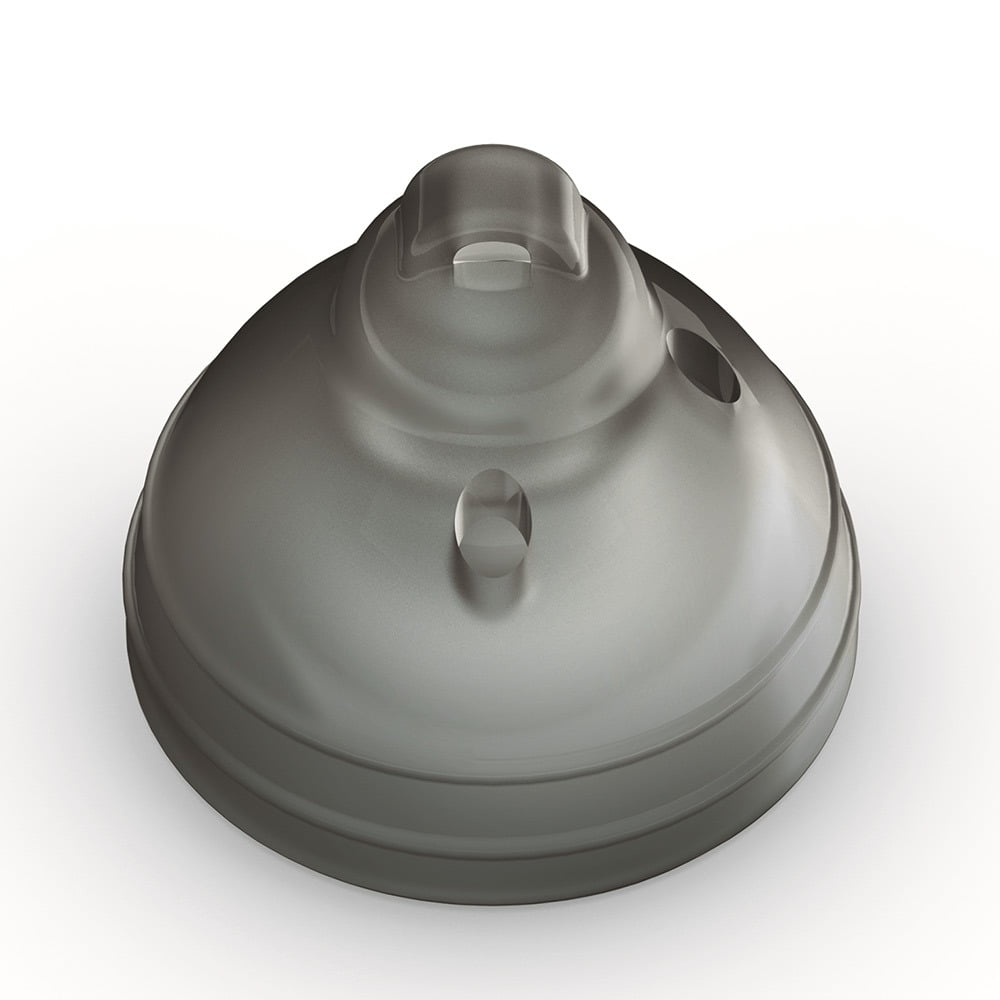Identify and replace domes, a simple yet crucial task for anyone using modern hearing aids. Since the invention of the ear trumpet in the 18th century, hearing aid professionals have continuously searched for better ways to funnel sound directly into the inner ears of individuals with hearing impairments. Over time, that search has led to incredible advancements. Hearing aids have become a smaller, more practical, and increasingly efficient at delivering amplified sound to the auditory system. Through continued innovation in research, science, and technology, listening experiences have drastically improved, and today a small but essential component known as the hearing aid dome plays a key role in delivering optimal sound quality for many users.
Understanding how to identify and replace domes correctly ensures that your hearing functions at its best offering maximum comfort and acoustic performance. Whether you’re experiencing sound distortion, reduced clarity, or simply need a more secured fit, recognizing when your dome needs replacing can help you avoid long-term issues and improve your overall hearing experience. In this blog, we will walk you through how to confidently spot signs of wear and change your domes safely and effectively.
What is a dome?
To identify and replace domes, it’s important to first understand what they are and why they matter. A dome is a little silicone component that fits snugly into the ear canal and is shaped like a bell or a mushroom. It is attached to the end of the hearing aid tubing. In addition to keeping the device comfortably and firmly in place, it is essential for guiding sound from the hearing aid into your ear.
To fit the distinct curves and curves of each canal, domes are available in a variety of sizes and shapes, including open, closed and power domes. The correct dome can provide all-day comfort, minimise feedback, and significantly improve sound quality. However, due to their soft material and small size, domes may eventually wear out or clog with dirt and earwax. That’s why knowing how to identify and replace domes is essential for maintaining hearing aid performance and ear health.
Do I need a dome?
Users of receiver-in-canal (RIC) or receiver-in-the-ear (RITE) hearing aids often use domes to directly amplify sounds into their ears. Knowing how to identify and replace domes is especially important for these users to maintain optimal hearing performance.
Hearing aids with domes are best for those with mild to moderate hearing loss, especially those with high-frequency hearing loss (a common type of age-related hearing loss known as presbycusis). Domes are not recommended for those with profound hearing loss. If you do suffer with severe hearing loss, behind-the-ear (BTE) hearing aids with earmoulds tend to be more suitable.
Domes can also be problematic for those with dexterity issues due to their small size. If you suffer with dexterity problems, please consult your local audiologist for a suitable alternative.
When do I need to change my dome?
It is recommended that domes should be changed every one to two months, however this can vary from person-to-person.
Your audiologist will show you how to change your dome, however, if you are still unsure, contact your local audiologist for further advice and seek additional help from a family member or friend because a dome can easily get stuck if it is not fitted on correctly. Domes are susceptible to wax and moisture in the ear, so they do require the upmost care.
You should never use old domes with a new hearing aid. They are not always compatible and can become stuck if they detach from the receiver.
How do I remove a dome?
Removing a dome is simple and can be done by firmly grasping the speaker/ thin tube and pulling off the old dome.
How do I replace a dome?
Once you’ve safely removed the old dome from your hearing aid, take the new dome in your hand and align it with the same attachment point. Gently but firmly push the new dome onto the receiver tip until it is securely fastened—there should be no wobbling or looseness. Proper placement ensures both safety and sound quality.
Being able to confidently identify and replace domes is a simple yet essential part of hearing aid maintenance. It not only improves your device’s performance but also ensures maximum comfort and hygiene. If you’re ever unsure about replacing your dome or choosing the right style, don’t hesitate to contact our friendly customer service team.
Need help choosing the right dome or replacement accessories? Call us at (941) 269-1309 or browse our full range of hearing aid domes here. We’re always happy to help!

